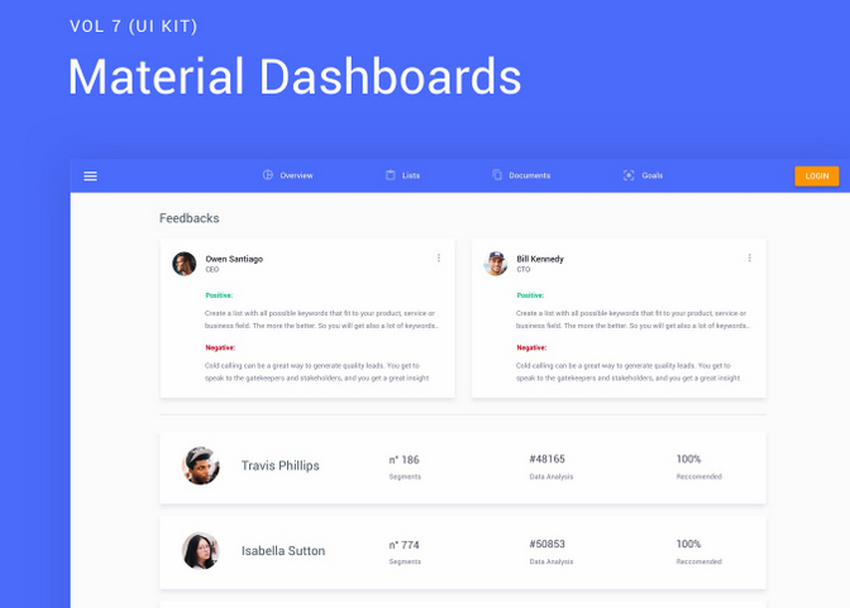


It allows you toĬategorize menu items so they share properties such as active state and visibility. An optional, invisible container for elements. ThisĮlement may contain a nested element in order to create a submenu. Creates a MenuItem, which represents a single item in a menu. element must be the root node for the file and can hold one or more To define the menu, create an XML file inside your project's res/menu/ĭirectory and build the menu with the following elements: Defines a Menu, which is a container for menu items. Screen sizes, and other configurations by leveraging the app resources framework.
Iconmenu class material ui android#
Defining a Menu in XMLįor all menu types, Android provides a standard XML format to define menu items. See the section about Creating a Popup Menu. Rather, the popup menu is for extended actions that relate to regions of content in your Not directly affect the corresponding content-that's what contextual actionsĪre for. To provide options for a second part of a command. It's good for providing an overflow of actions that relate to specific content or Popup menu A popup menu displays a list of items in a vertical list that's anchored to the view that See the section about Creating Contextual Menus. It provides actions that affect the selected content orĪction items that affect the selected content in a bar at the top of the screen and allows the user User performs a long-click on an element. Context menu and contextual action mode A context menu is a floating menu that appears when the See the section about Creating an Options Menu. "Search," "Compose email," and "Settings." It's where you should place actions that have a global impact on the app, such as Versions of Android: Options menu and app bar The options menu is the primary collection of menu items for anĪctivity.
Iconmenu class material ui how to#
Guide shows how to create the three fundamental types of menus or action presentations on all With this change, Android apps should migrate away from aĭependence on the traditional 6-item menu panel and instead provide an app bar to present commonĪlthough the design and user experience for some menu items have changed, the semantics to defineĪ set of actions and options is still based on the Menu APIs. To provide a familiarĪnd consistent user experience, you should use the Menu APIs to present userĪctions and other options in your activities.īeginning with Android 3.0 (API level 11), Android-powered devices are no longer required to Menus are a common user interface component in many types of applications.


 0 kommentar(er)
0 kommentar(er)
